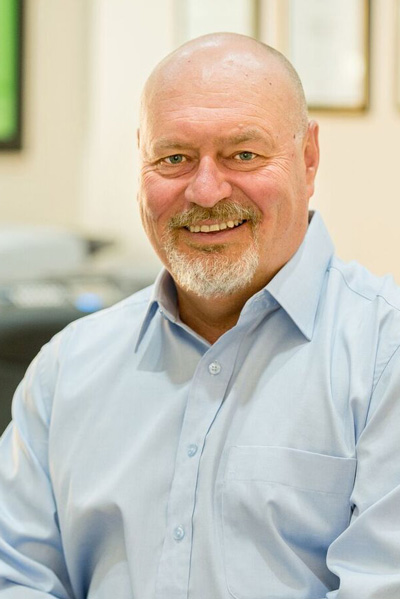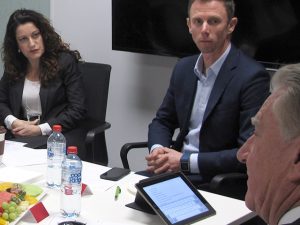Respected WA risk adviser, Mark Rando, challenges his peers to be more than just ‘salespeople’ if they want to survive and thrive in a new life insurance advice paradigm that commences from 1 January next year…
Thinking about life post January 1 2018 and its impact on the sector leads me to consider our own financial security, as advisers. Not unlike our clients, if an adviser has high personal debt under an old cash flow regime, will they be in a position to service that debt under a new regime?
On 1 January 2018 upfront commissions will be capped at 80%, reducing to 70% on 1 January 2019, before settling at 60% from 1 January 2020.
Rando and Associates moved to fee for service six years ago and as a direct result of that pre planning, even if we maintained our current pricing model, we would not be affected by that reduction until 2020.
Suffice it to say, our pricing model will not be static, as we simply cannot remain a viable, sustainable operation if we undercharge for our Statement of Advice (SoA) in this era of declining commissions.
I would imagine the cash flow of the majority of advisers in Australia is reliant on a mix of charging for an SoA and commission received from the sale of a product. What is troubling, considering declining commissions, is that advisers may unwittingly be using the SoA process as a loss leader, only relying on upfront revenue.
the days of ‘the ideal client’ are well and truly behind us
Quite quickly this is going to affect your practice’s cash flow, and if an adviser chooses to accept the 20% ongoing commission to counteract reduced up front commission, it will take time for the books to balance.
Not only does it take a lot of new business and a number of years to achieve that balance, but I’m sure I’m not the only person finding that new business is even harder to secure in an economic climate where potential future clients are not prepared to pay for the full cost of advice and insurance.
Moving forward, the message is simple: The cost of providing advice will not be able to be covered by the income generated from selling risk insurance.
So, what now?
Firstly, I believe that the days of ‘the ideal client’ are well and truly behind us. A practice requires a range of value propositions and perhaps an ideal client for each; not just one for the whole practice.
I’ve spoken previously about our claims service, marketing this to the wider community and using this to generate additional income. In the future we will be operating on a much more transactional basis overall – splitting up our services (eg aged care planning, estate planning, incidental advice) and charging for them more precisely, both to new and existing clients.
we need to be so much more than salespeople to survive in this new paradigm
Additionally, I have been considering how to address clients who don’t progress past the SoA process. I can see only two options. Either raise the cost of the SoA (by a smaller amount) for all potential new clients or raise the cost of the SoA (by a larger amount) for those who do not move past this stage.
We know that the complete removal of commissions all but decimated the advice industry in the Netherlands and threatened to do so in the UK before its regulator reversed its decision, and we need to be so much more than salespeople to survive in this new paradigm. We must be strategic and know exactly what it costs to deliver our service. Any adviser who isn’t actively considering the options discussed here may find that they won’t make it to the 2019 deadline, let alone beyond.

Mark Rando is the Senior Adviser and Managing Director of Rando and Associates (www.rando.com.au) based in Bunbury WA. He is a finalist of the AFA Adviser of the Year 2011, 2012 and 2013, a finalist in the 2016 Telstra Business Awards and is a former State Chair of the MDRT. He was recognised at the 2017 M3 National Conference, where he won a practice award for Outstanding Performance. Mark currently mentors other advisers in Australia and overseas.












